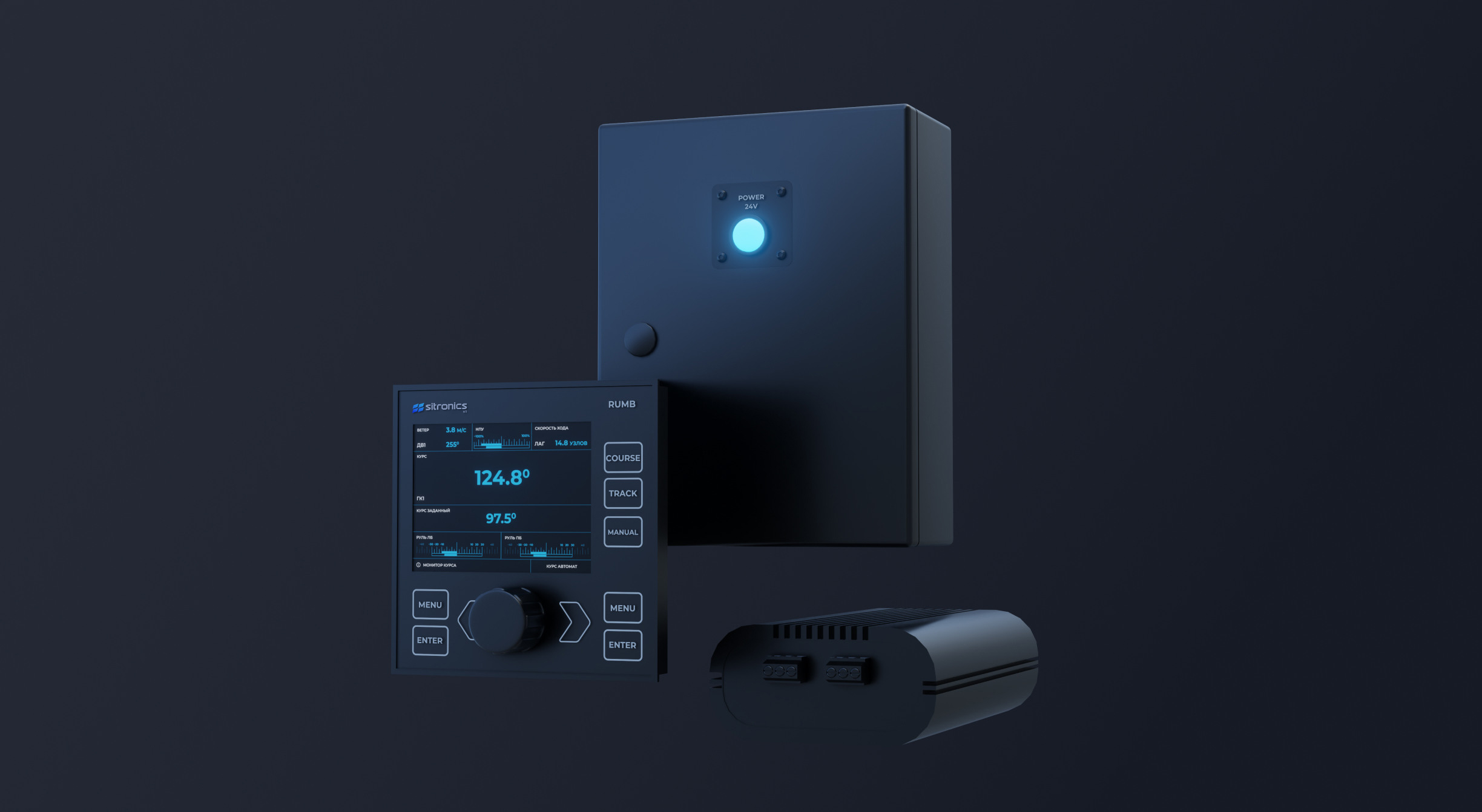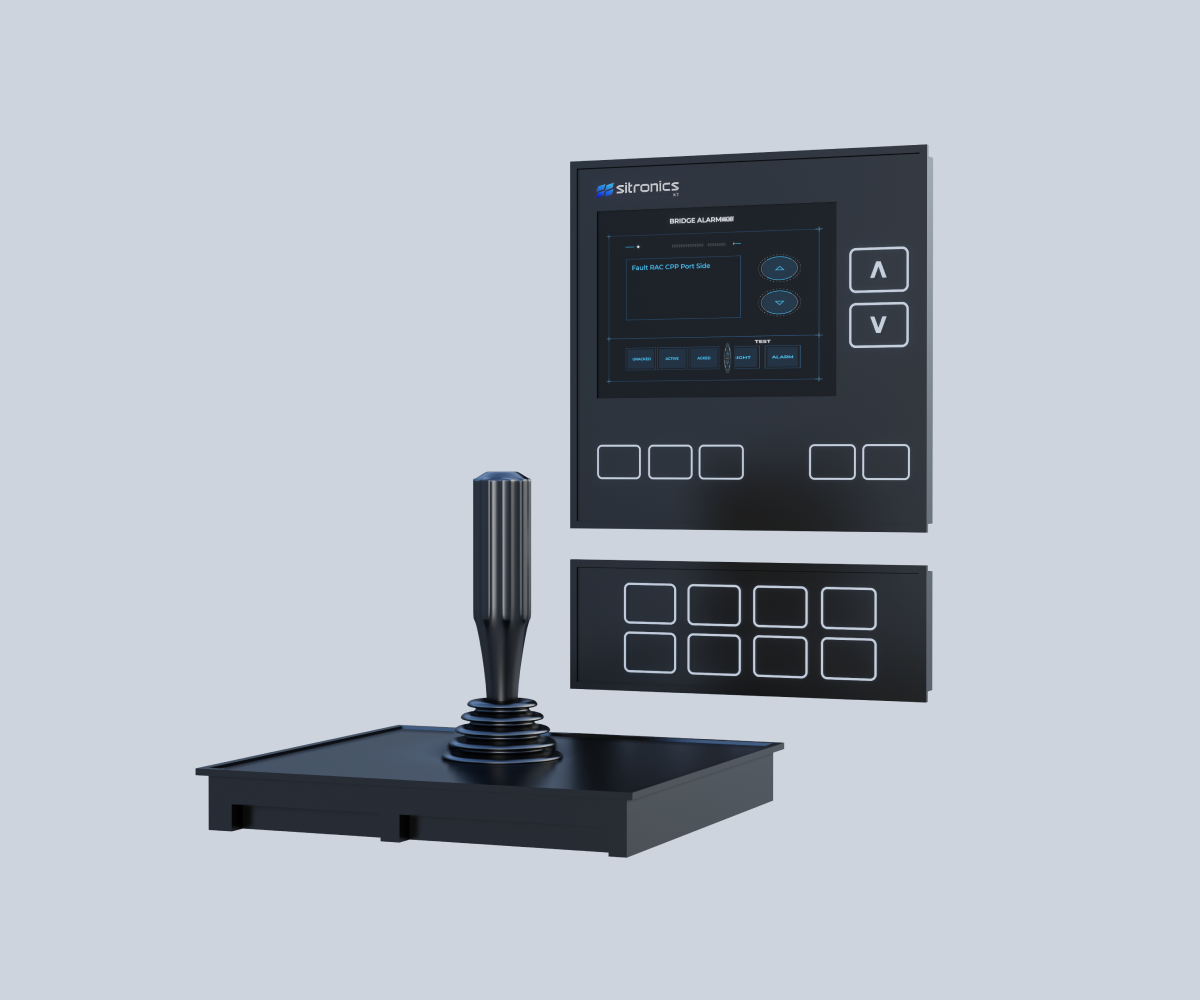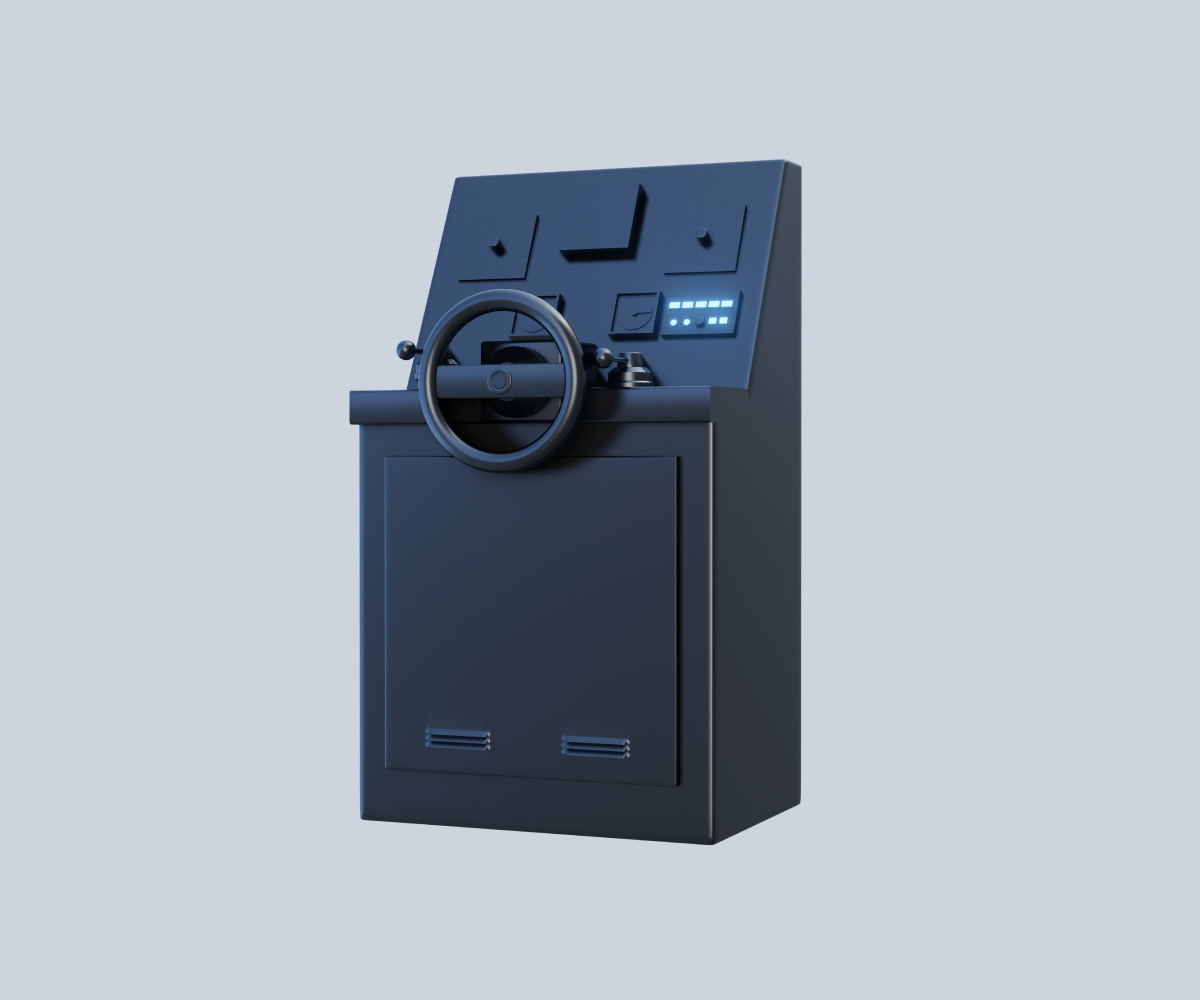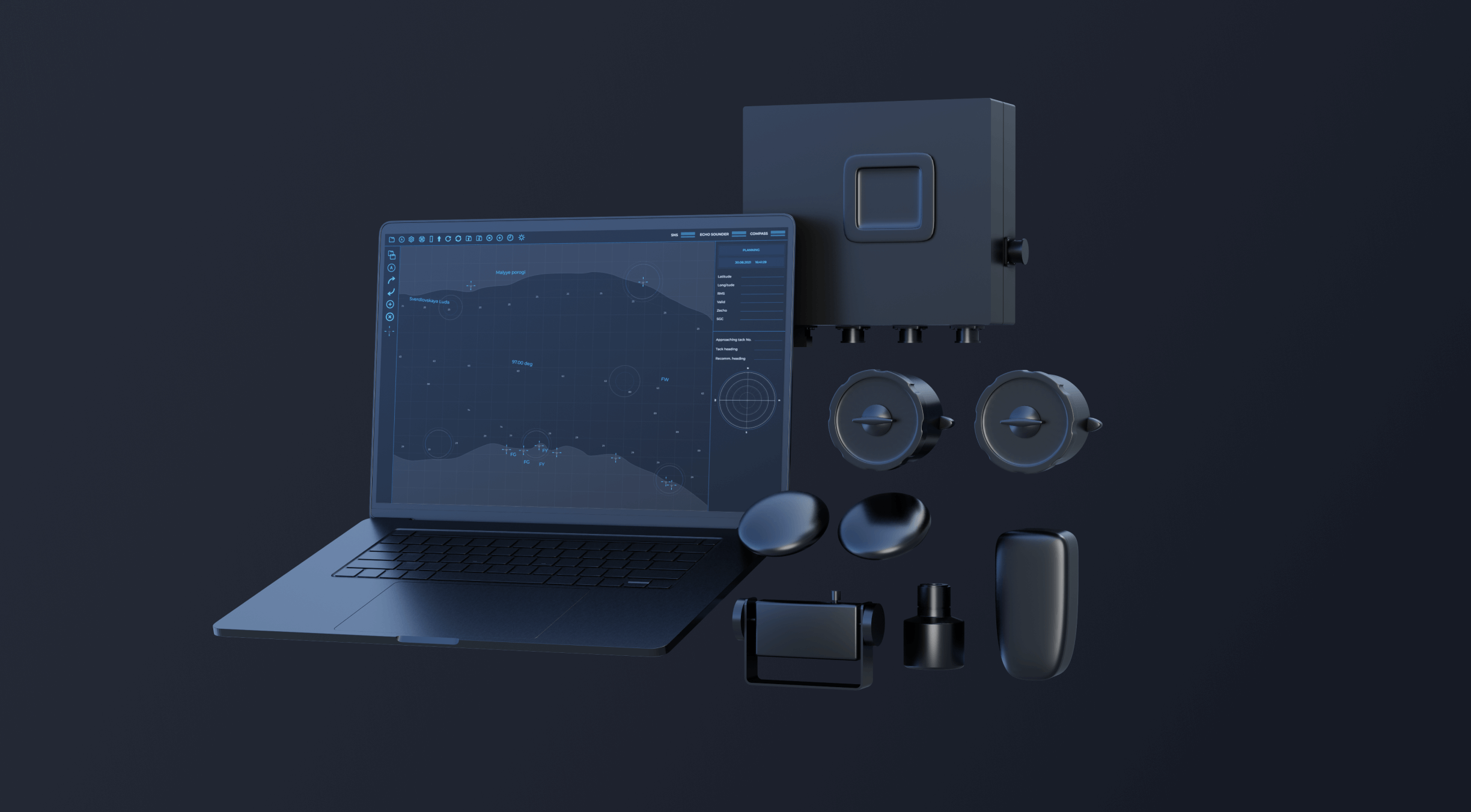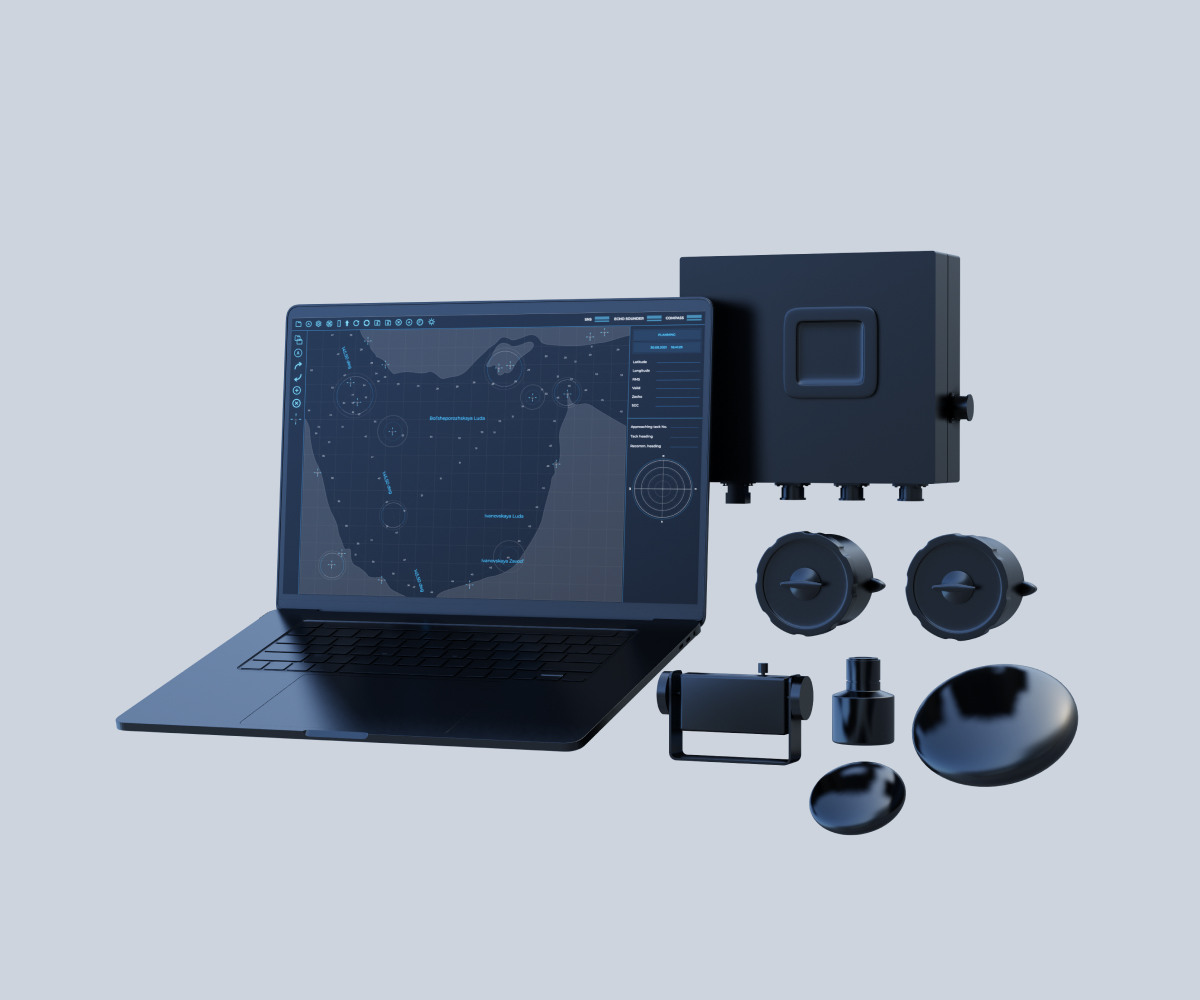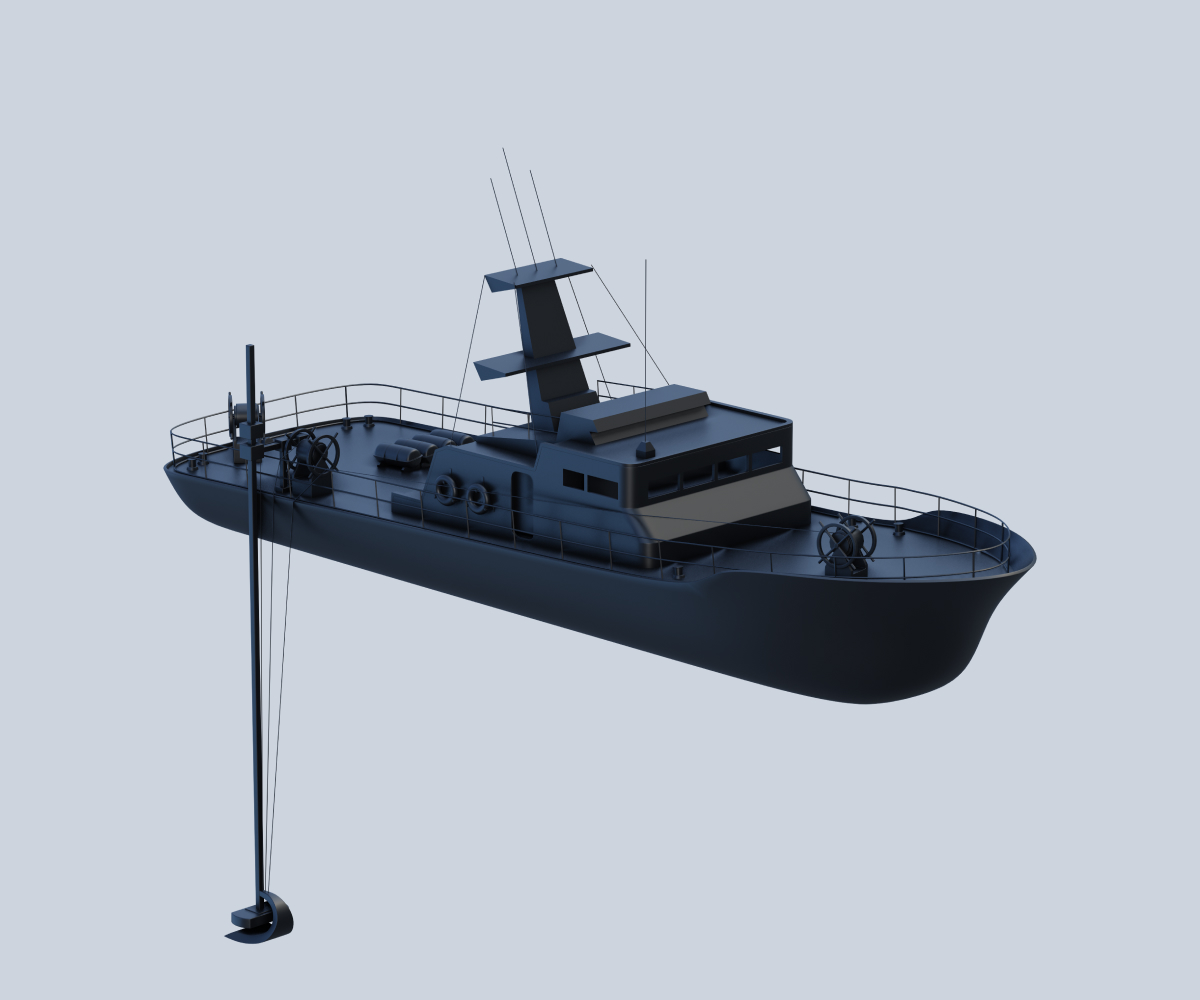E-INS is a new-generation INS capable of interacting with the Maritime Connectivity Platform (MCP) and VTS by sending and receiving immediate information.
- Electronic chart display and information system (ECDIS)
- Radar display (RD)
- Bridge alarm management (BAM)
- Virtual device panel (VDP)
- Electronic logs
- Automated technical diagnostics system
- Video information display subsystem (VIDS)
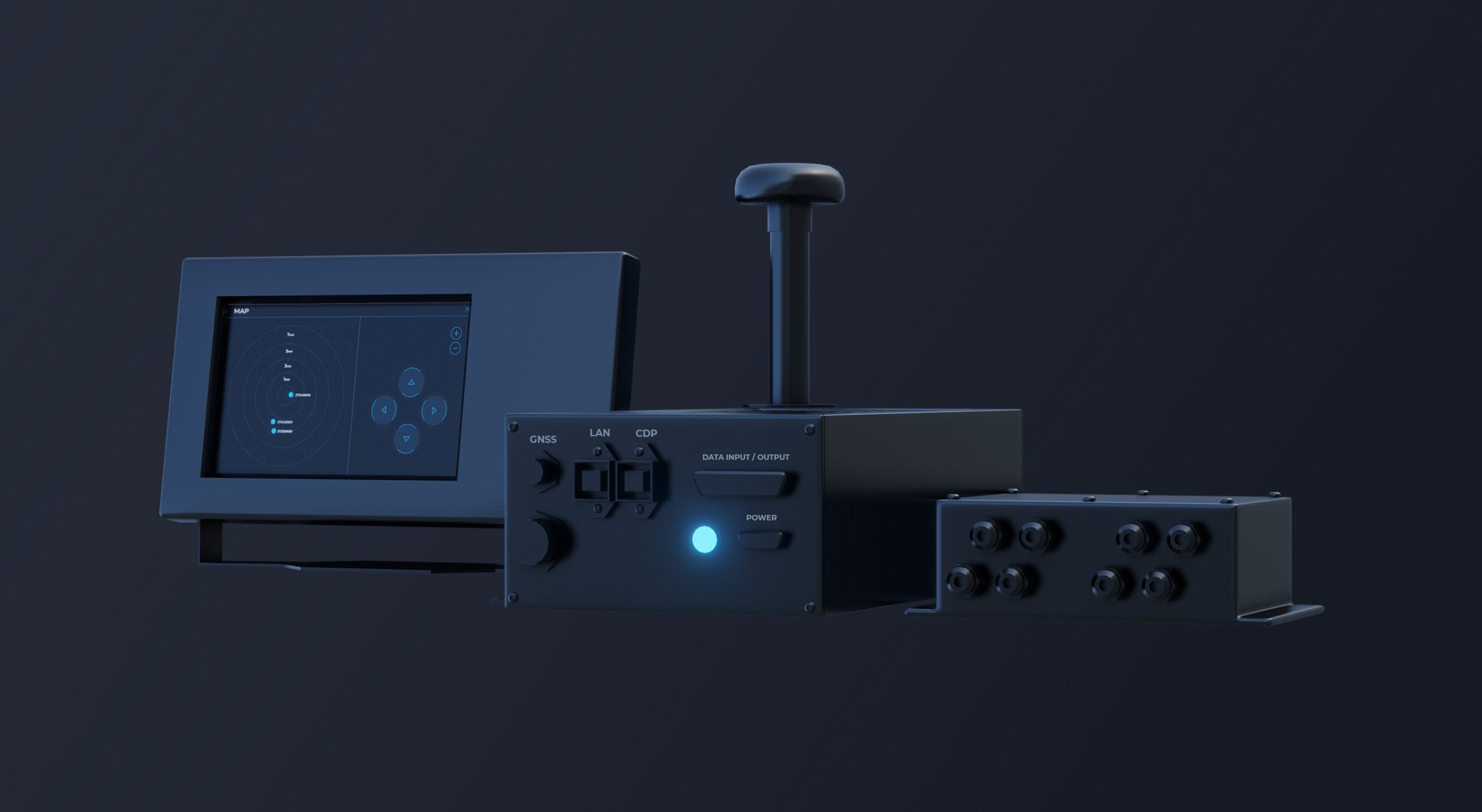
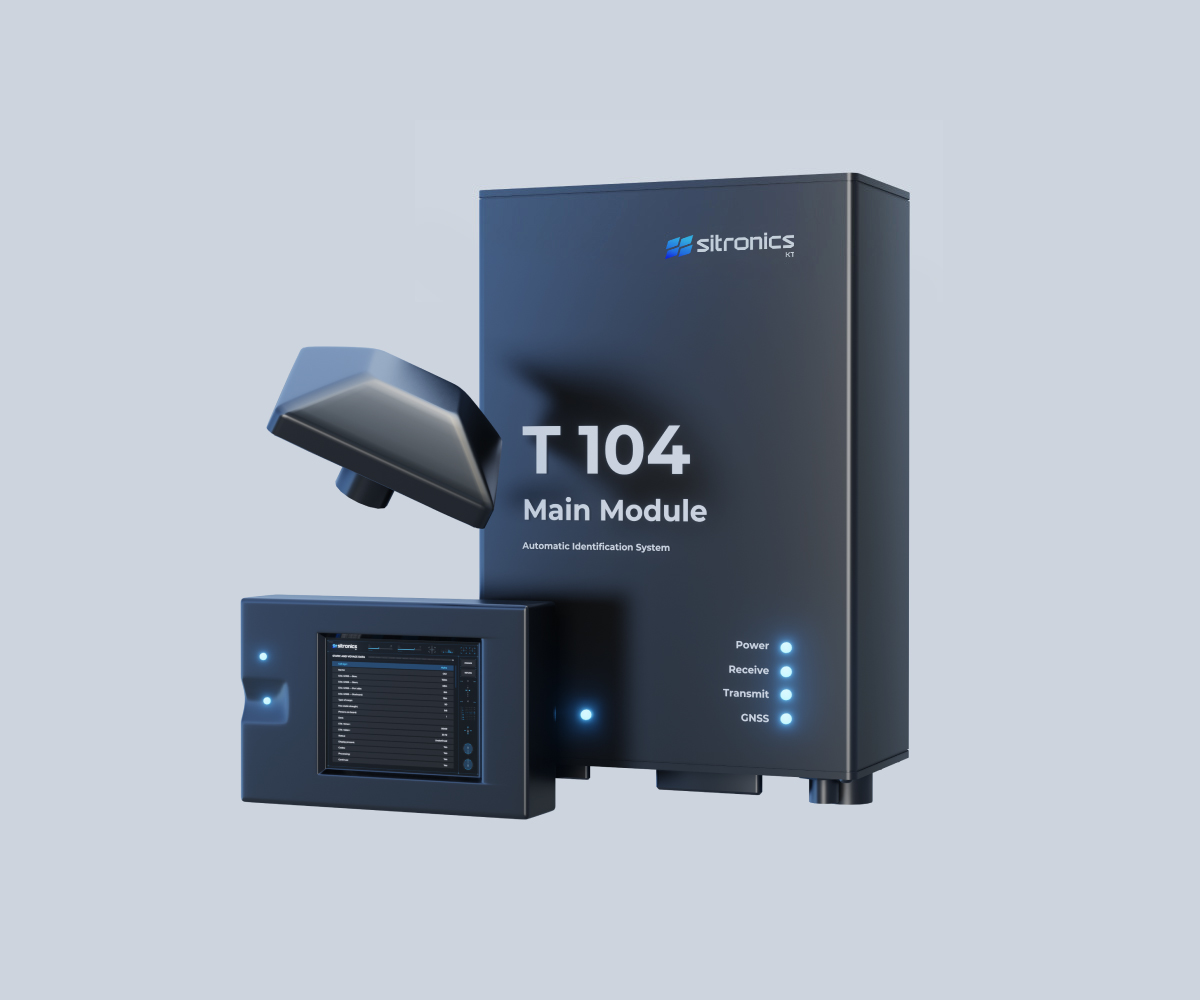
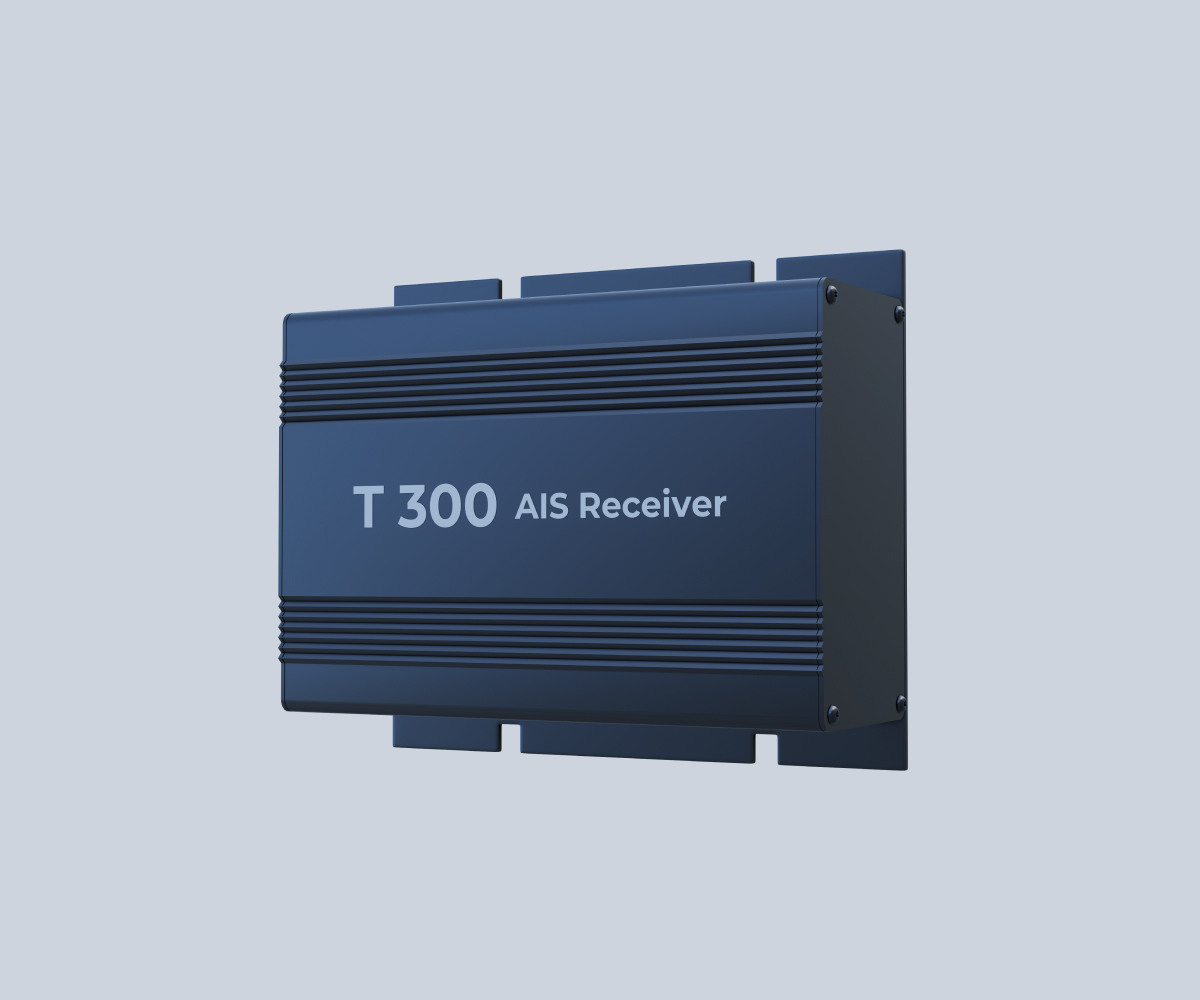
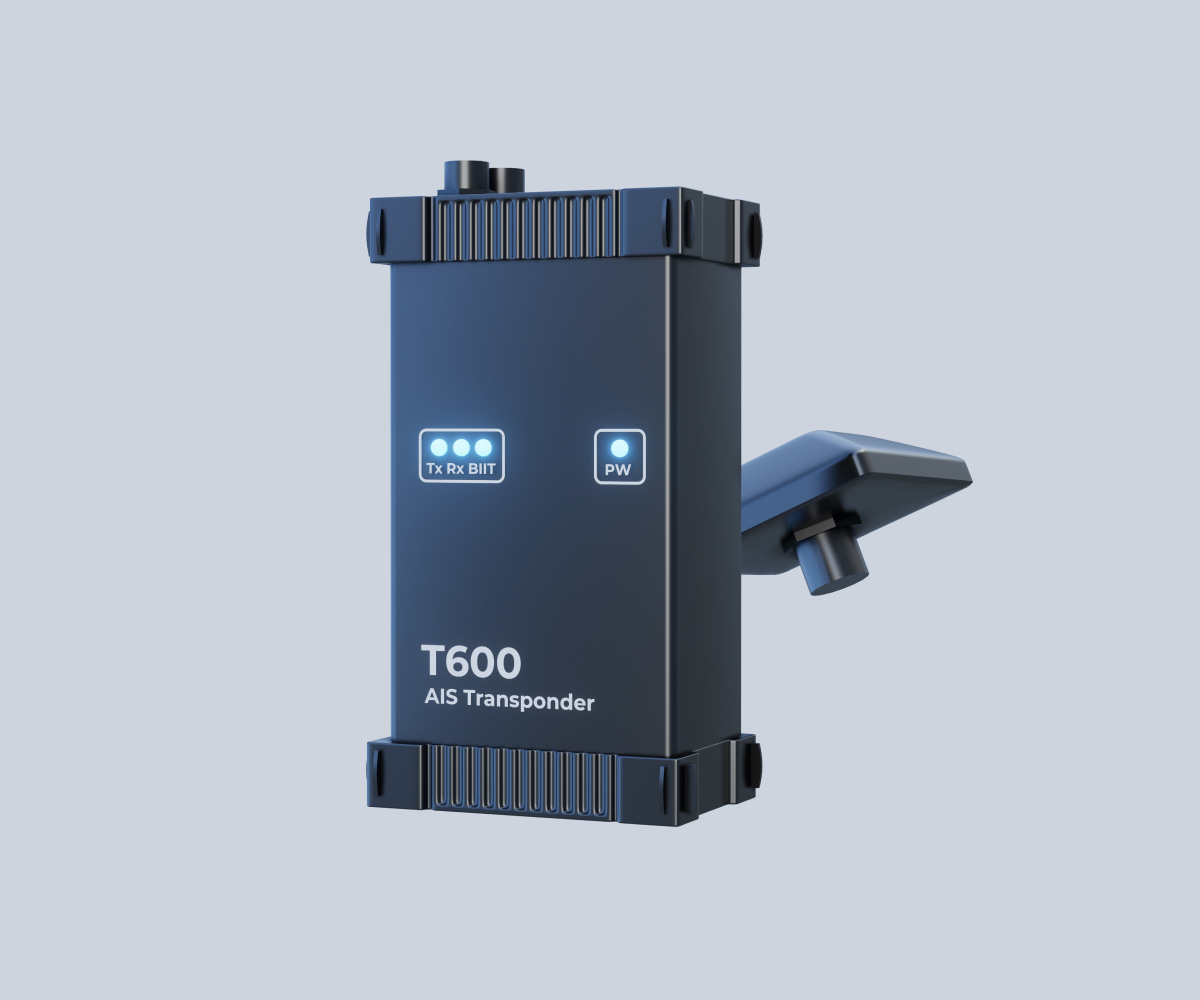
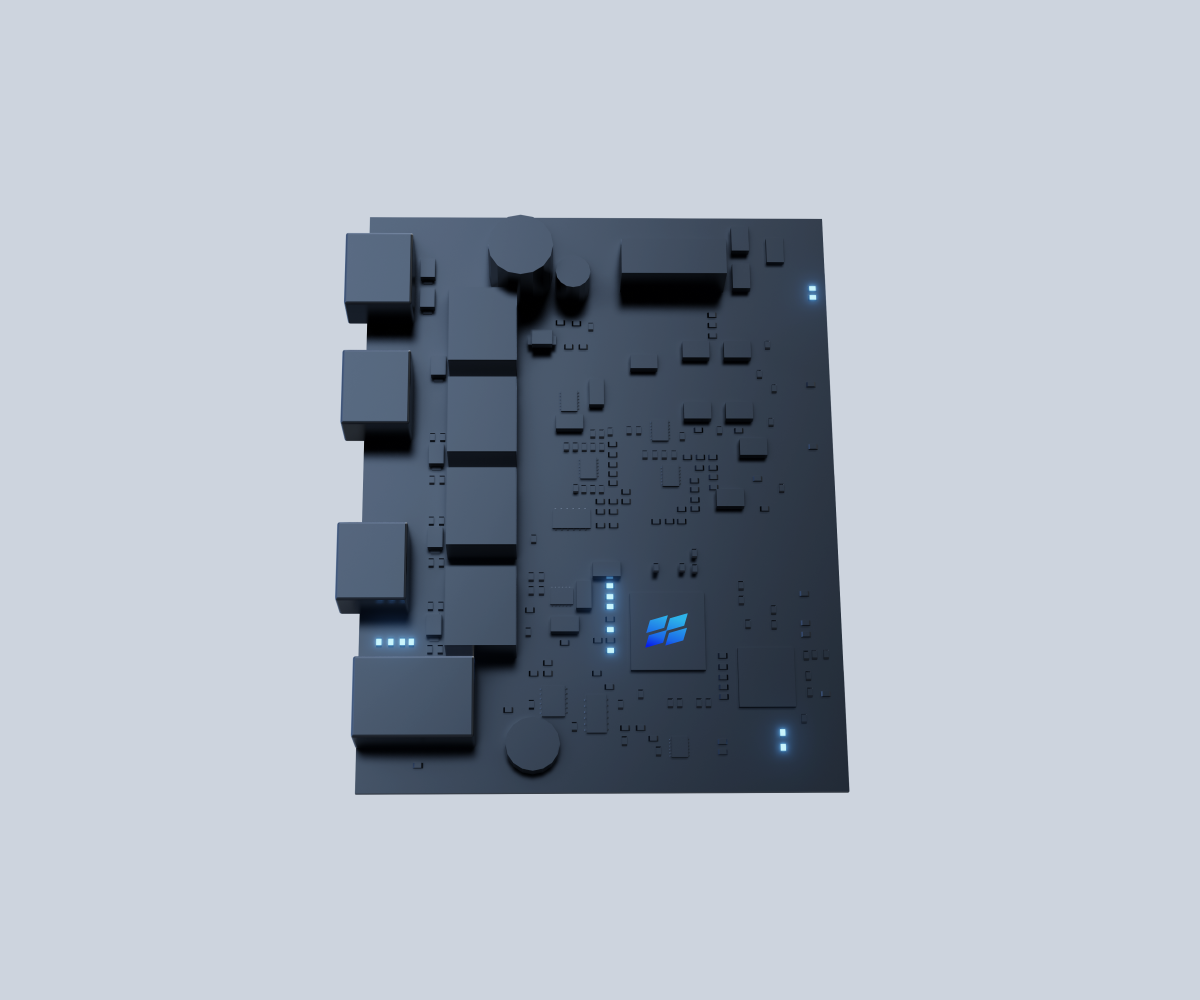

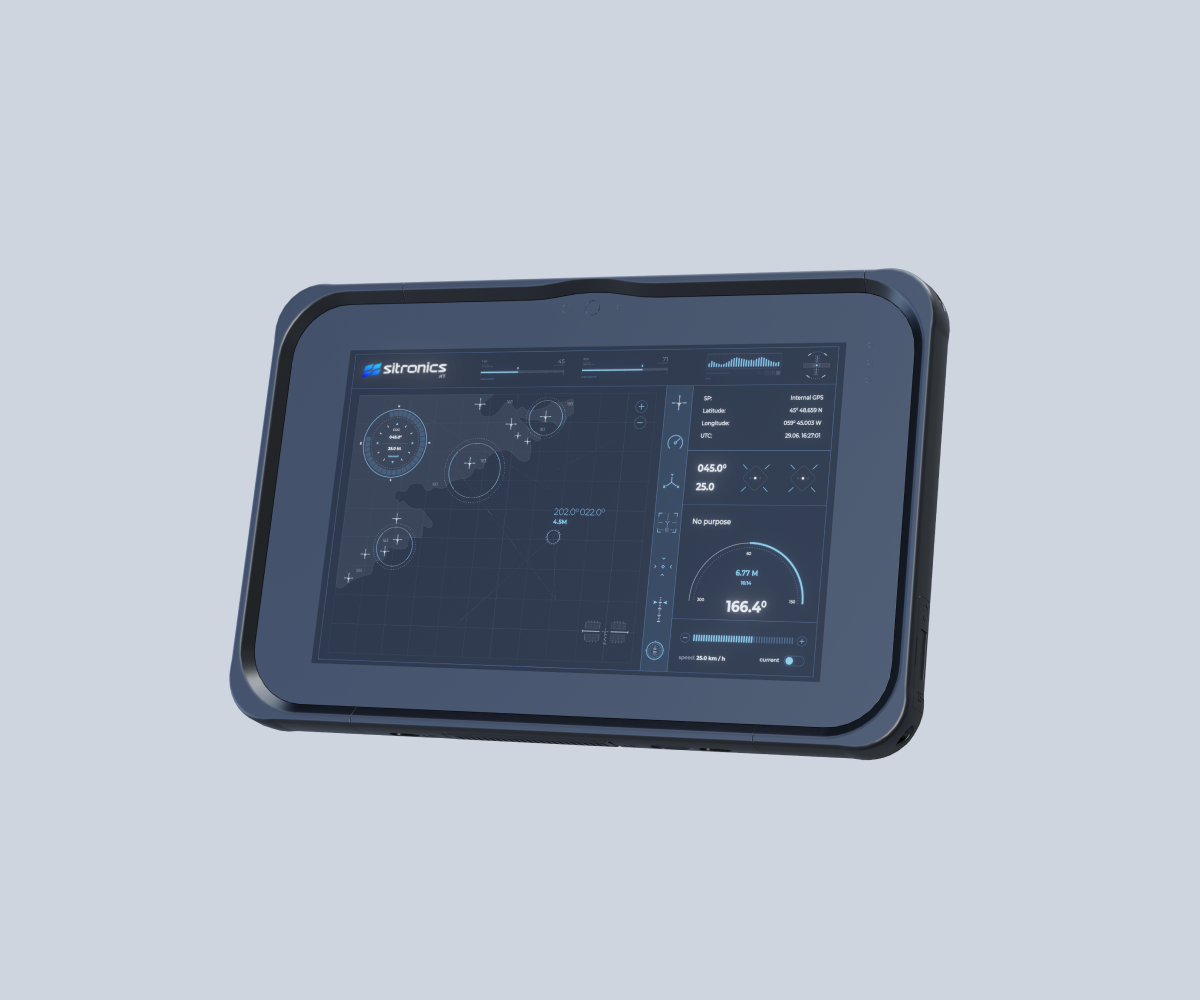

Integrated Engineering Management System (IEMS) provides a shared information space for all its subsystems, and allows to monitor and control shipboard systems, devices or tools from any automated workstation.
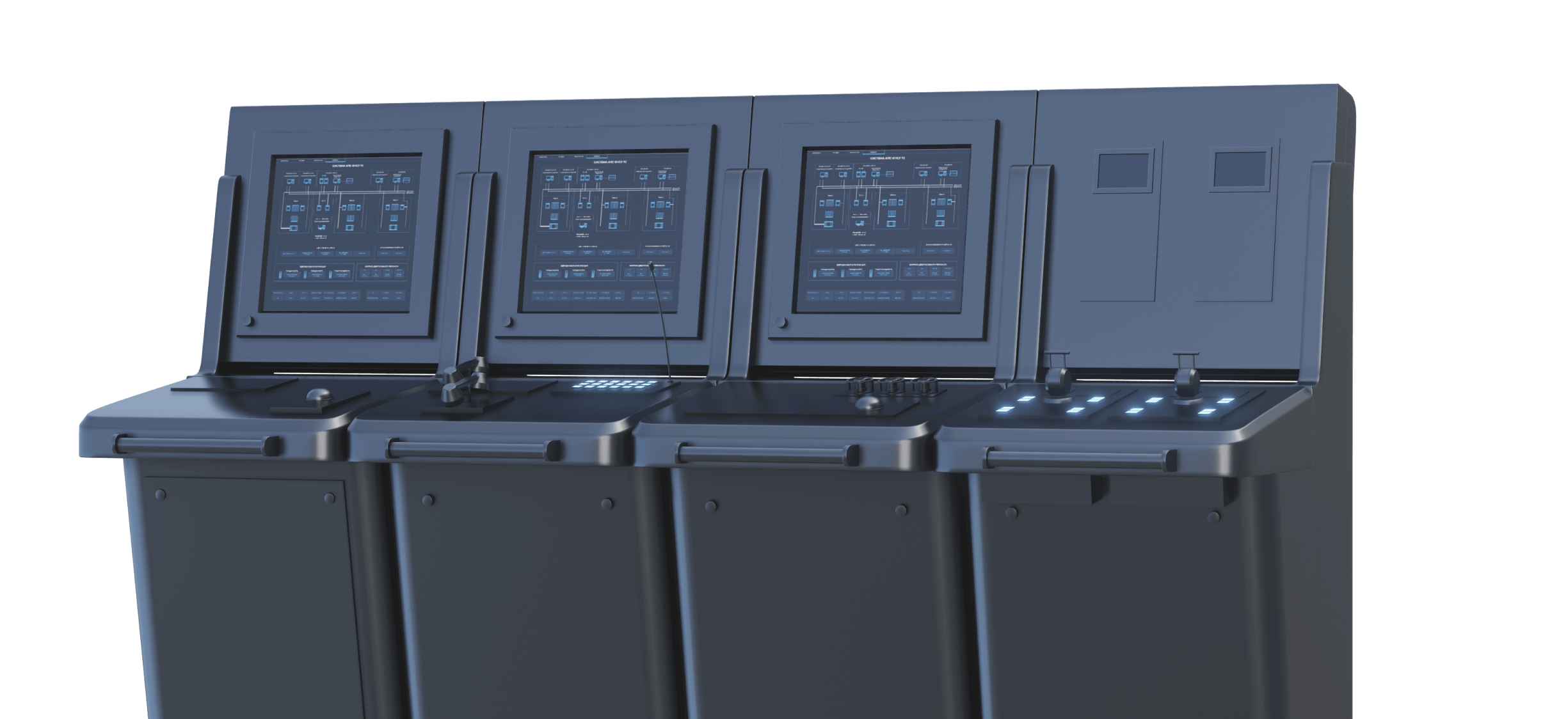
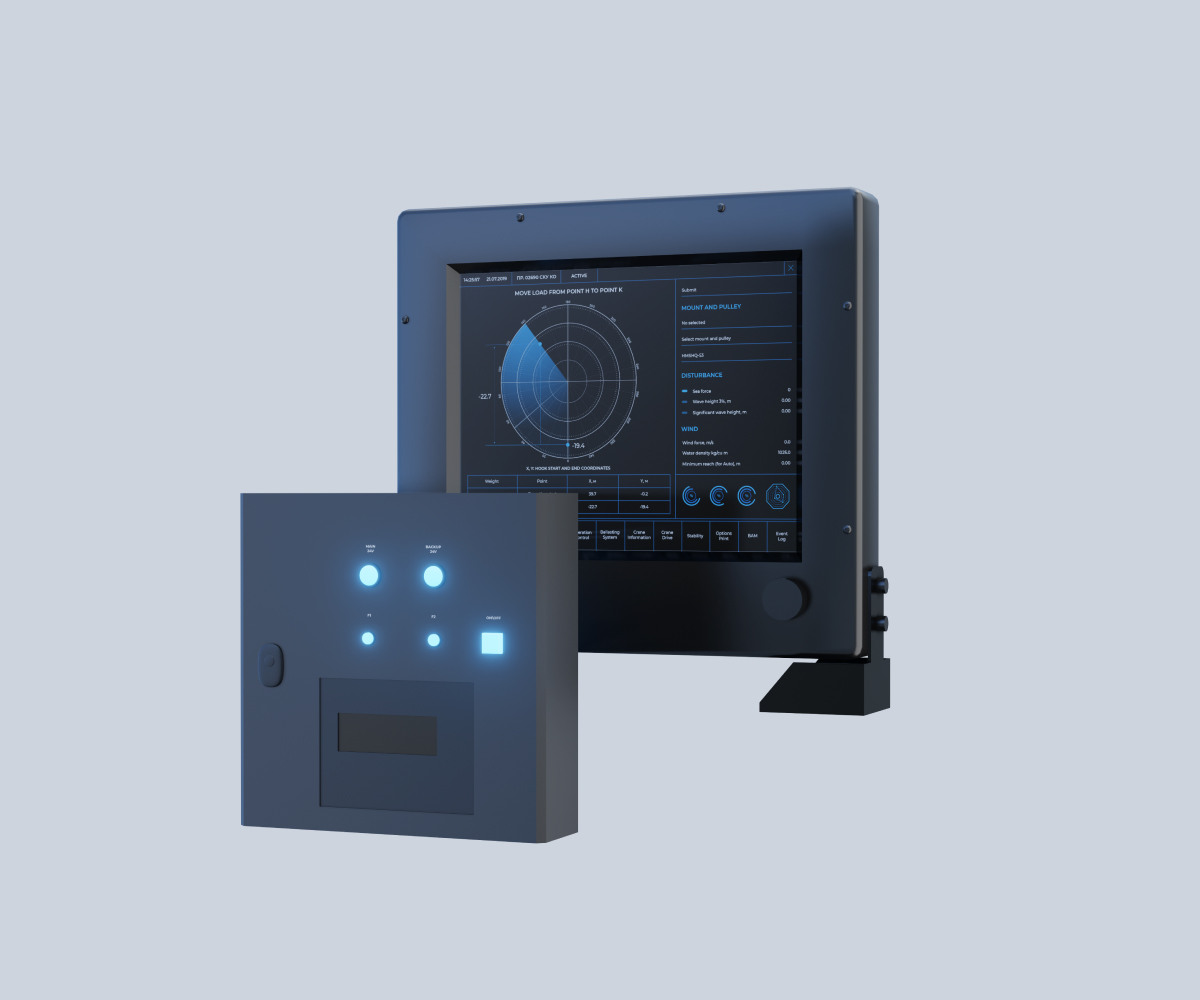
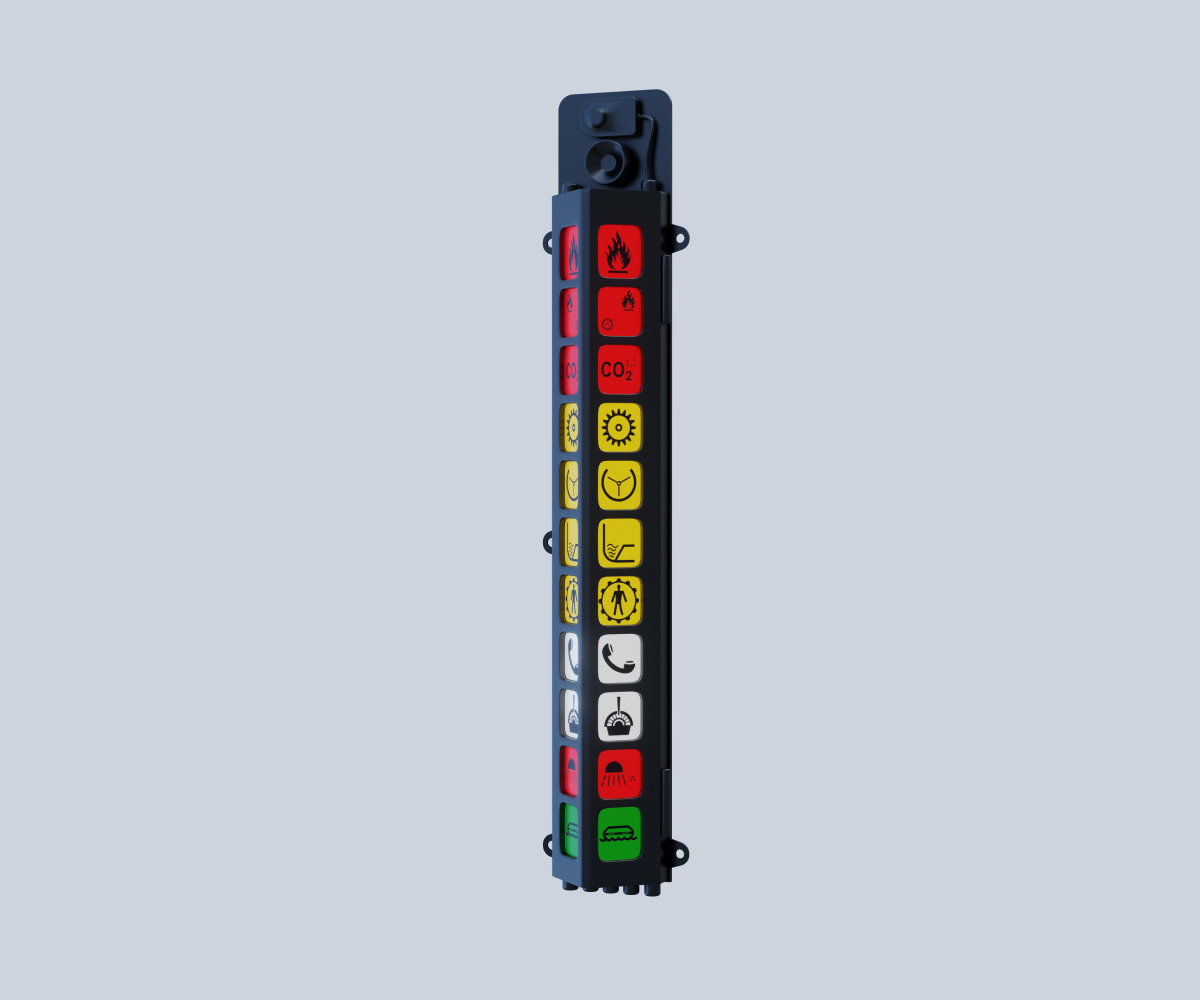
- Reduction of the crew size, decrease of the human factor impact
- Prediction and prevention of accidents based on algorithms for maneuvering and collision avoidance
- Environmental disaster prevention
- Reduction of the initial cost of operating commercial and technical fleet vessels
- Automatic or remote vessel control directly from the shipowner’s office
- Centralized control of vessel trains at minimum costs
Equipment of such a system allows ships to be controlled remotely and to follow a specific route autonomously, making decisions on maneuvring either independently or in coordination with the superviser.
